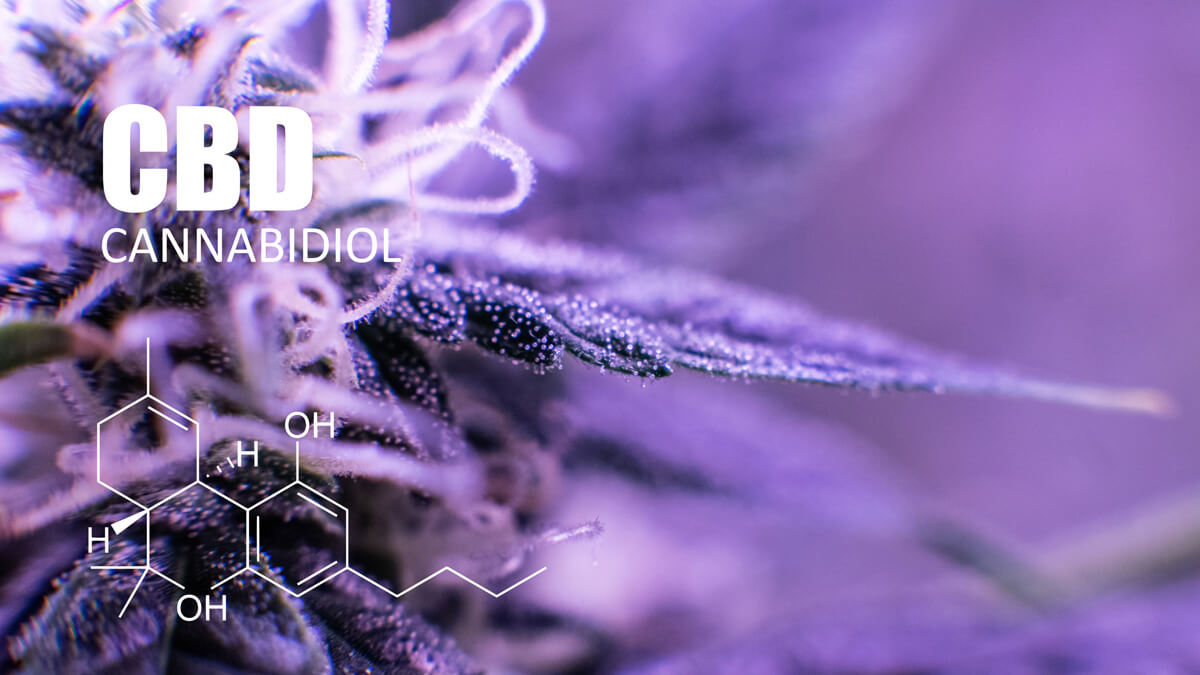
Cannabis plants contain 113+, naturally occurring, active compounds called cannabinoids. Cannabidiol (CBD) is one of these compounds found in all cannabis plants. Tetrahydrocannabinol (THC) is the most well-known cannabinoid and is associated with marijuana’s psychoactive properties. Unlike THC, CBD does not cause a “high” effect and can offer relief and benefits without the disconcerting feelings of lethargy or dysphoria. Cannabis plants are separated into two different types of crops, known as hemp and marijuana. These two plants differ in their cannabinoid ratios, but come from the same plant species Cannabis Sativa L. Both hemp and marijuana can be used to produce cannabidiol products. Dating back to the ancient civilizations, it was some of the first people of earth who discovered and identified the differences between hemp and marijuana and began using cannabidiol for various purposes. Next, we will dive into the history of hemp and CBD.
Archaeologists believe the plant species “Cannabis Sativa,” dates back 10,000 years ago and was likely one of the first crops planted by early man. Hemp was first found in what is known today as Taiwan where farmers used hemp seeds to condition their soil. These people also identified that hemp seeds have high levels of protein, vitamins, and essential fatty amino acids. During this period, hemp seeds were used so frequently that they became essential to human civilization.
Around 6,000 B.C. hemp was published in the oldest pharmacopeia “Pen Ts’ao Ching” where the ancient Chinese identified that cannabis plants contain either male or female reproductive properties. This discovery was the first understanding of the difference between “hemp” and “marijuana.” Hemp plants, grown for industrial purposes, were tall and thin and cut before flowering, producing seeds and long stalks. These plants were
considered to have male reproductive properties whereas, marijuana plants were recognized as female, grown for more extended periods of time and would eventually sprout a flower. During ancient times, the reproductive properties of cannabis plants complemented the Taoist philosophy of the Yin and Yang, stating that two halves together complete wholeness. Cannabis thus became a vital component to the ancient Chinese.
In 2737 B.C., for the first time, hemp is recorded as being used by Chinese Emperor Shen-Nung as medicine. Text published, in Pen Ts’ao Ching suggests that the emperor extracted hemp oil from the plant’s seeds for pain treatment and made topical salves for treating skin rashes and irritation. Hemp eventually made its way to Europe and specifically Ancient Greece, where plants were found in burial sites indicating it’s believed importance in the afterlife. Decades later, King Henry VIII required the cultivation of hemp in England which was used to make clothing and building materials.
In 1616, settlers traveling from Europe brought hemp to North America, and by 1619 it was again mandated that the plants were cultivated for various purposes.
In the 1700’s hemp became prevalent on the content of Africa, where amongst other uses, the plant was given to pregnant women before childbirth.
In the 1800’s the medical use of hemp becomes more common in the US and Europe. It is known that Queen Victoria used CBD rich cannabis to treat menstrual pain. During this same period, Irish physician William Brooke O’Shaughnessy published an assertion indicating that hemp can be used to treat rheumatism, rabies, epilepsy, and tetanus.
Fast forward to 1910 during the Mexican Revolution. With an influx of Mexican immigrants who introduced the recreational use of cannabis and propaganda against these foreigners, sparked the criminalization of all cannabis products in the United States. This was a defining time in the cannabis industry and by the 1980’s marijuana cultivators worldwide were on one mission: to grow the most potent, most psychoactive cannabis on the market. Because of this, plants that were rich in other cannabinoids like CBD were considered “garbage crops.”
In 1940, American organic chemist, Roger Adams, was the first person to isolate the CBD compound. Twenty-four years later, Raphael Mechoulam, known as the “father of cannabis” was credited with the isolation of THC as well as elucidating the entire cannabidiol structure.
Then, in the 1980s, President Ronald Reagan poured tens of millions of dollars into a study to prove that marijuana damages the human brain. But, rather than showing how marijuana harms the brain, the Reagan administration ended up subsidizing a series of studies that culminated in the discovery of the endocannabinoid system, expanding our understanding of how cannabinoids interact with the human body.
The Hemp Business Journal predicts that the CBD market will grow 700% by 2020. Thanks to independent and sponsored studies as well as CBD advocates, the world is gaining a better understanding the various uses of cannabidiol products.
